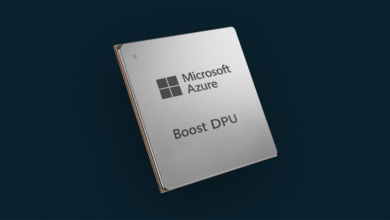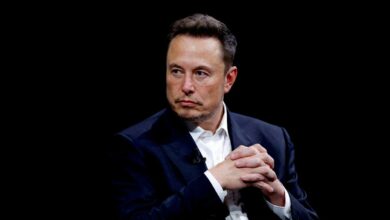Honda’s new AI-powered robot helps sick children through lengthy hospital treatments – and it works
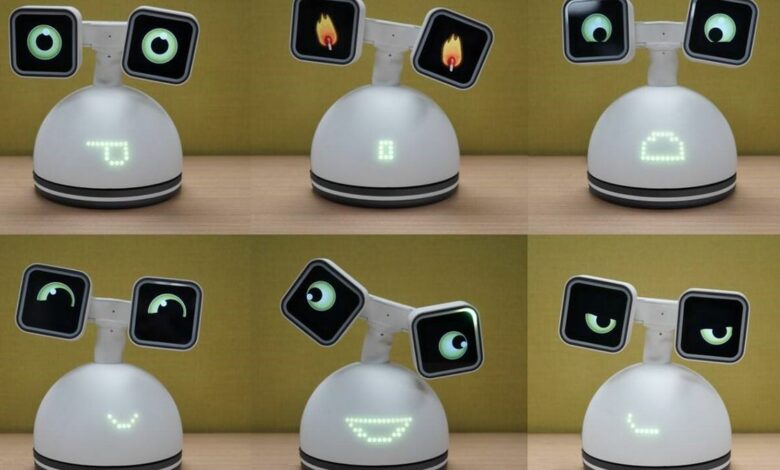
- Haru encourages children to respond more enthusiastically to their treatment
- Successful trial in Spain will lead to wider rollout of robots
- Honda is exploring ways to expand its empathetic robot lineup
Honda is known for its idiosyncratic approach to robotics, demonstrating a wide range of applications ranging from self-balancing motorcycles to innovative autonomous wheelchairs that can automatically adjust height so users can interact with others at eye level.
Now it has added an AI-powered caregiver to that list, introduced at a hospital in Seville, Spain, to help very sick pediatric patients with their treatments.
The 12-inch desktop robot, called Haru, features dual screens, which act as both digital displays and eyes for better human-machine interaction, as well as an LED-infused base that doubles as a mouth.
It looks a bit like a mix of a frog and Johnny 5 from legendary science fiction films Short circuit – albeit without the cool tank tracks that allowed Johnny to zoom around the place like crazy.
But beneath the cute exterior, Haru has played a very serious role in assisting and improving the lives of children undergoing long-term hospital treatment.
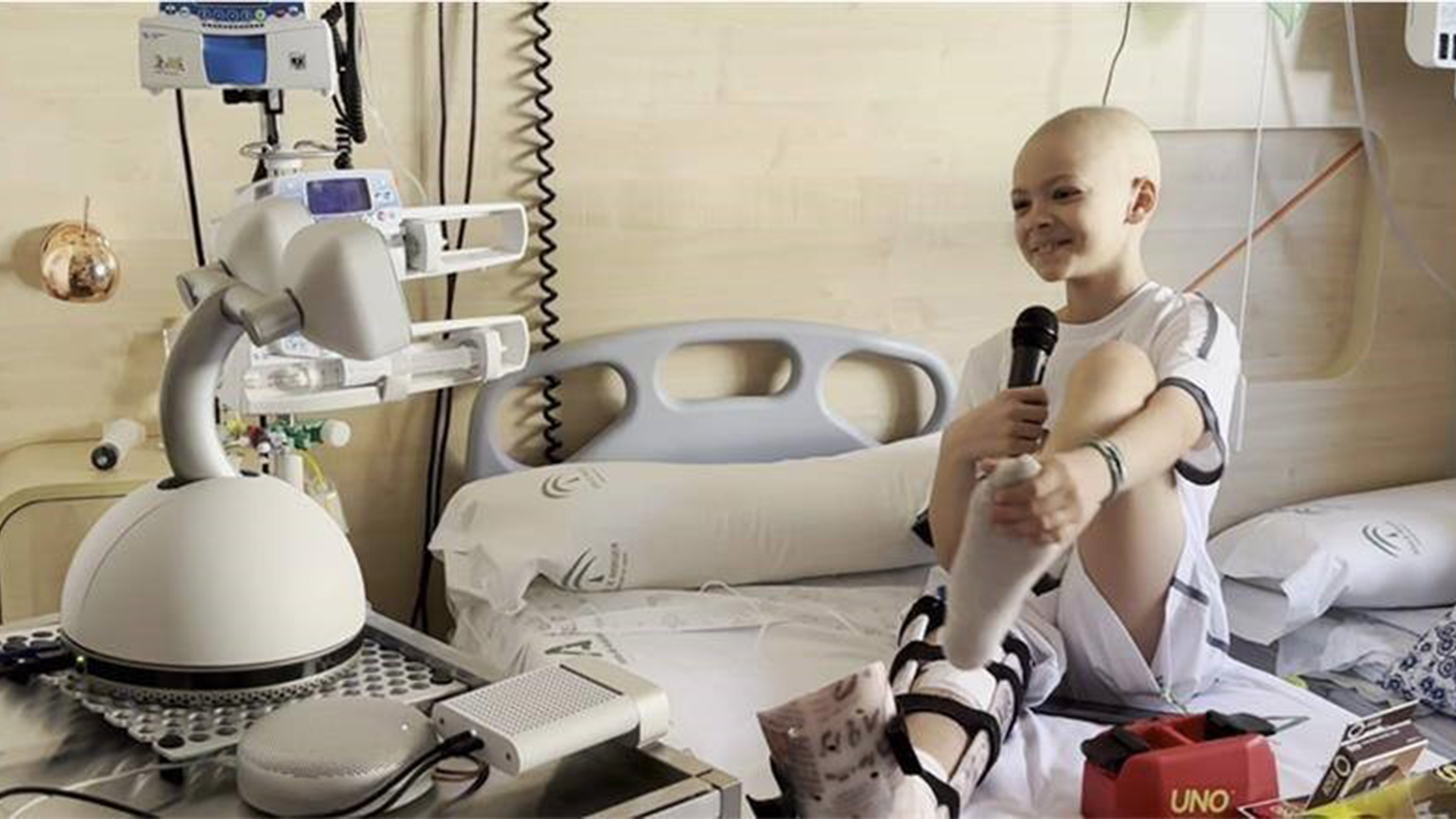
According to Honda, 95% of young cancer patients became more actively involved in their rehabilitation since trials at Virgen del Rocío University Hospital (HUVR) began in 2021.
Equipped with numerous cameras and microphones, Haru harnesses the power of advanced AI to analyze patients’ facial expressions and voice tones and provide feedback accordingly. It can then use empathetic expressions and provide emotionally supportive responses to the children.
In addition, the dual screens can also connect patients to the classroom, so that they can continue their training and catch up with fellow students via a video link from the hospital.
Not just a gadget to spread some joy, Haru also helps neuropsychologists more efficiently conduct emotional and cognitive assessments of their patients.
Thanks to the data collected by the robot, as well as broader biometric information collected by smartwatches and wearables connected to Haru, hospital staff say the potential to increase the number of assessments performed per year is almost nine times the current number, from 510 to 510. no less than 4,500.
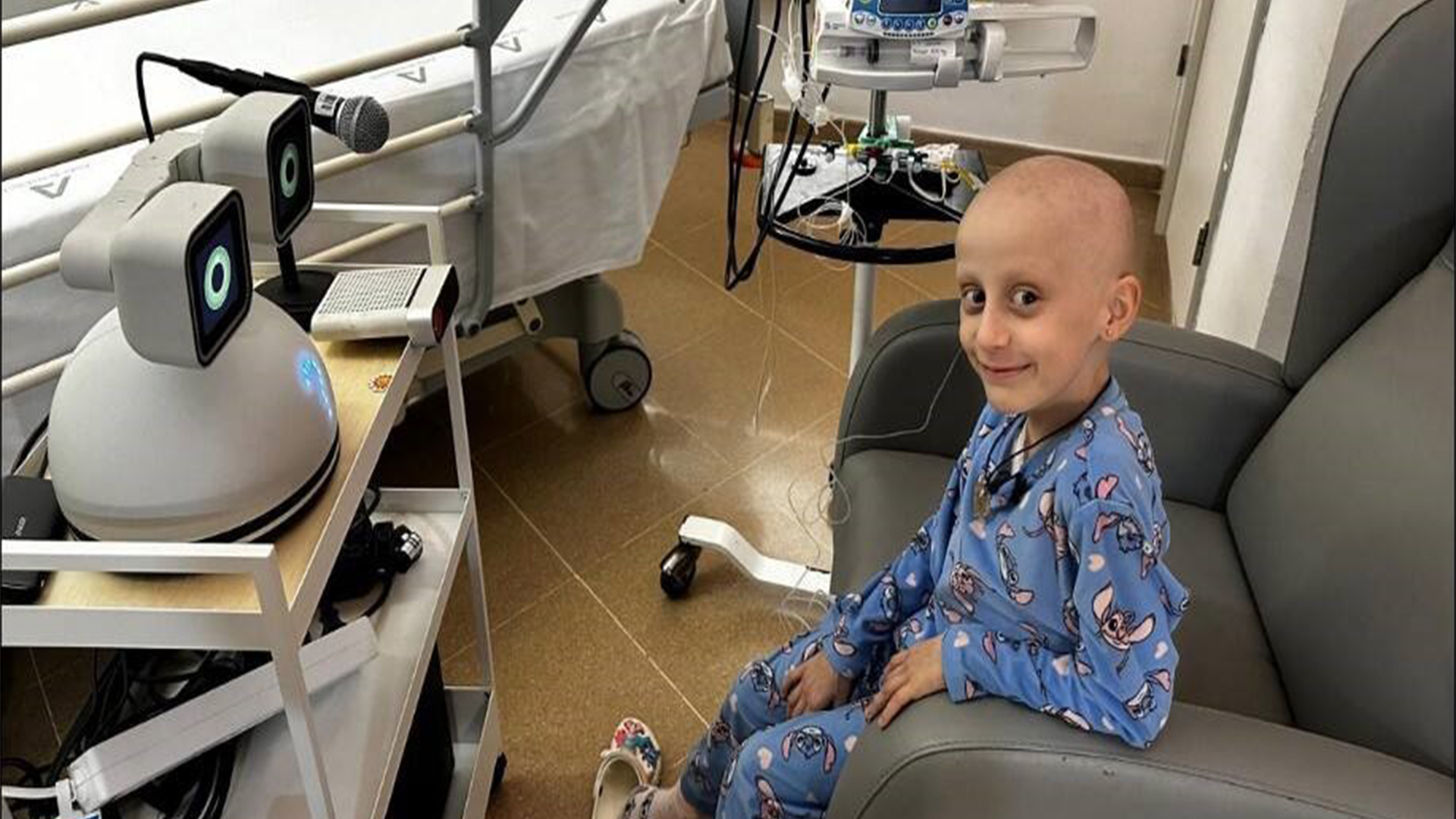
A spokesperson for HUVR in Seville said that Haru has great potential to bring happiness to children, but that this is also a refreshing change from the usual technologies used in hospitals, which typically focus on medical treatments or physical well-being .
“Haru has a positive psychological effect: it lightens the mood of our young patients and also contributes to the well-being of the hospital as a whole,” the spokesperson added.
Following the successful three-year trial, Honda will now supply ten social robots to the same hospital in Seville, with the intention of developing Haru as a “tangible AI system to be part of a society where robots can coexist as partners and can facilitate the communications that create connections between people,” claims Satoshi Shigemi of Honda’s research institute.
Analysis: Technology for the better
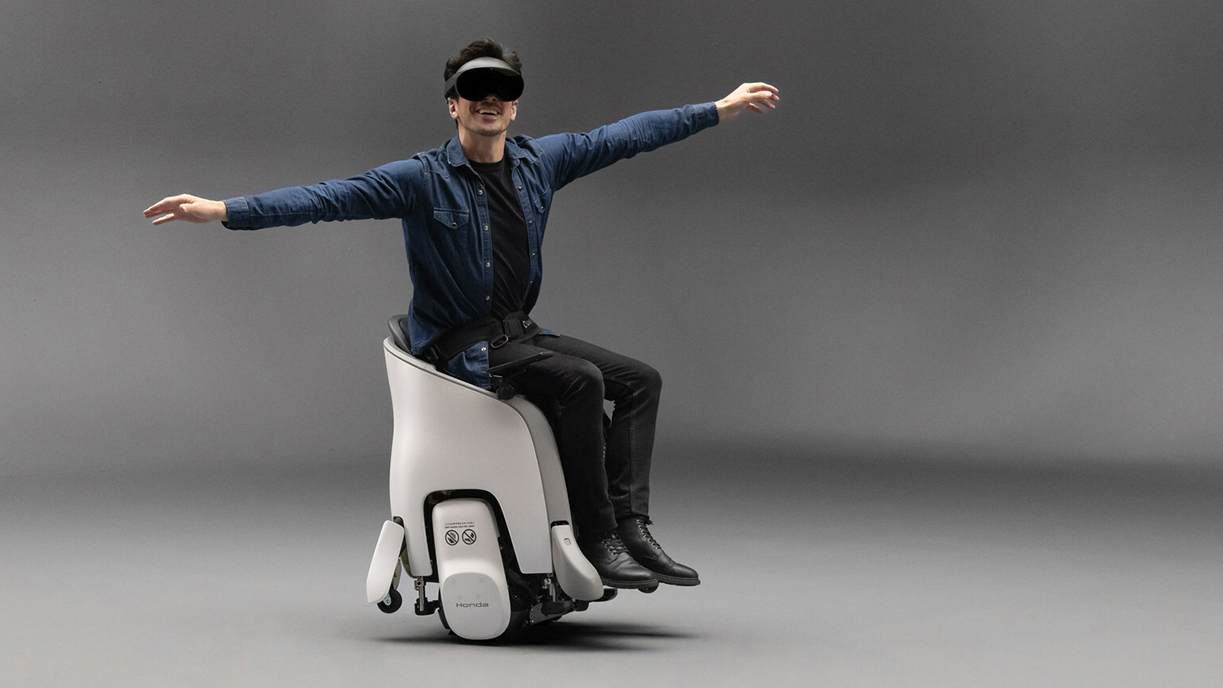
One of Honda’s founding principles is “using our technology to help people” and this has historically been reflected in its work around robots that it hopes will one day support our daily lives.
The company’s ASIMO robot has been a great showcase for what it can achieve, while its experimental Walking Assist Device and Uni-One hands-free personal mobility system have the potential to one day truly improve the quality of life for people living. with a disability.
However, it feels like Honda’s social robot, Haru, is the first of its many innovations to be adopted after a successful trial period. Honda says the trial will now move to “full use of the robot”, with ten units to be introduced in the Spanish hospital’s pediatric oncology department by 2027.
The fact that it has also helped so many children with their ongoing treatment is a great example of how AI is being used for good. It doesn’t always have to be linked to a dystopian future where the robots take over.

